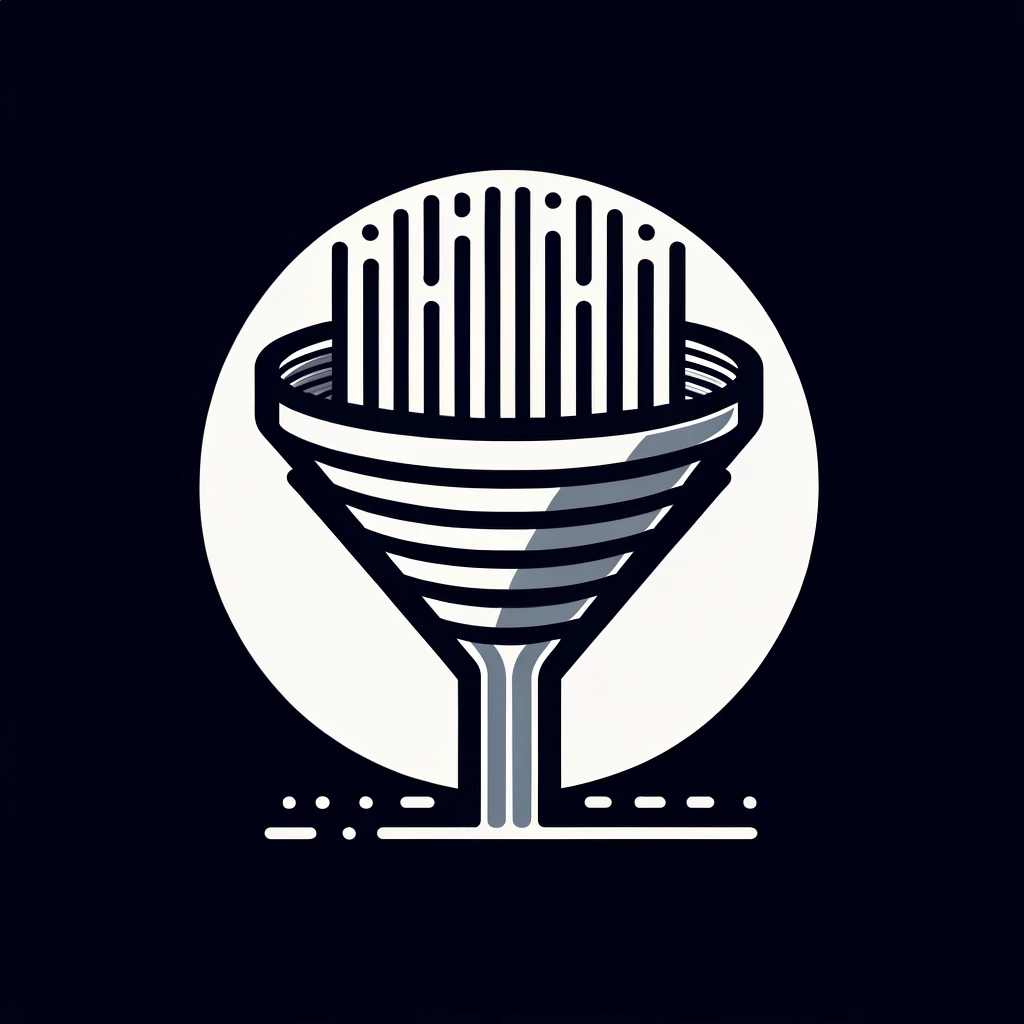YouTube is introducing a transparency tool in Creator Studio for creators to disclose when content is altered or synthetic, in response to viewers’ increasing demand for transparency. This tool requires creators to label content that could be mistaken for real but exempts content using AI for productivity or creating clearly unrealistic media. The roll-out will start on YouTube’s mobile app before extending to other platforms, with future plans to enforce disclosure. YouTube also collaborates with industry groups like C2PA to enhance transparency around digital content.
Main Points
Generative AI and Transparency Tool
Generative AI’s impact on creativity and YouTube’s initiative for transparency.
Disclosure Requirements and Exemptions
Disclosure requirements and exceptions for creators using AI.
Label Rollout and Enforcement
Implementation of labels and future enforcement plans.
Industry Collaboration
Collaboration efforts towards transparency in digital content.
Insights
Generative AI is changing how creators express themselves and make content, prompting YouTube to introduce a tool for transparency.
Generative AI is transforming the ways creators express themselves – from storyboarding ideas to experimenting with tools that enhance the creative process. But viewers increasingly want more transparency about whether the content they’re seeing is altered or synthetic. That’s why today we’re introducing a new tool in Creator Studio requiring creators to disclose to viewers when realistic content – content a viewer could easily mistake for a real person, place, or event – is made with altered or synthetic media, including generative AI.
YouTube's transparency tool requires clear disclosure but exempts certain AI applications.
We won’t require creators to disclose if generative AI was used for productivity, like generating scripts, content ideas, or automatic captions. We also won’t require creators to disclose when synthetic media is unrealistic and/or the changes are inconsequential.
YouTube to roll out labels across platforms, considering enforcement for non-disclosure.
You’ll start to see the labels roll out across all YouTube surfaces and formats in the weeks ahead, beginning with the YouTube app on your phone, and soon on your desktop and TV. And while we want to give our community time to adjust to the new process and features, in the future we’ll look at enforcement measures for creators who consistently choose not to disclose this information.
YouTube aims to boost digital content transparency through collaboration.
Importantly, we continue to collaborate across the industry to help increase transparency around digital content. This includes our work as a steering member of the Coalition for Content Provenance and Authenticity (C2PA).

